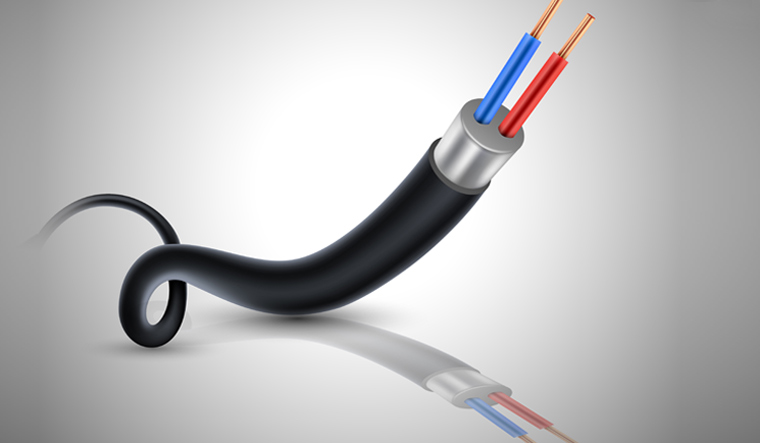Researchers in Australia have developed a new chemically stable and thermally highly conductive material to deal with overheating issues in modern devices, an advance that will pave the way for next generation foldable phones, wearable technology and miniaturised electronics.
Scientists from the Melbourne-based Deakin University's Institute for Frontier Materials (IFM), along with researchers from Northern Ireland and Japan, developed the new material after spending seven years working to understand its intrinsic properties.
IFM researchers Luhua Li and Alfred Deakin Postdoctoral Research Fellow Qiran Cai said heat management had become a critical issue, especially in miniaturised modern devices.
"Heat management is quite important you can feel and hear when your device is overheating and not working efficiently, when your phone gets hot to the touch or your laptop's internal fan kicks into overdrive," Li said.
With increasing demand in miniaturisation and emerging technology such as foldable phones, micro-machines and wearable devices, thermal cooling has become critical for the performance, reliability, longevity and safety of various products.
"This is a fundamental breakthrough, and with time and further research it will help to open up the boundaries of what's possible in electronic devices particularly as the trend in next generation electronics will most likely need to be flexible," Li said.
Scientists are striving to come up with alternatives to aluminium and copper, which are conductive and potentially cause short circuit problems.
"Electrically insulating materials such as diamond and boron arsenide have been shown to work, but they're far too rigid and inflexible, as well as too expensive for mainstream use. We need another material to fill the gap," Li said.
The researchers took a chemical compound known as boron nitride (BN) and shaved it down to an atomically-thin level, and were able to imbue the material with the desired flexibility while dramatically increasing its thermal conductivity and cooling capabilities.
"Atomically thin BN has better thermal conductivity than most semiconductors and insulators, along with low density, outstanding strength, high flexibility and stretchability, good stability, and excellent impermeability, making them a promising material for heat dissipation on next generation devices," Li said.
The new material has almost double the thermal conductivity of copper at room temperature, the researcher said.



